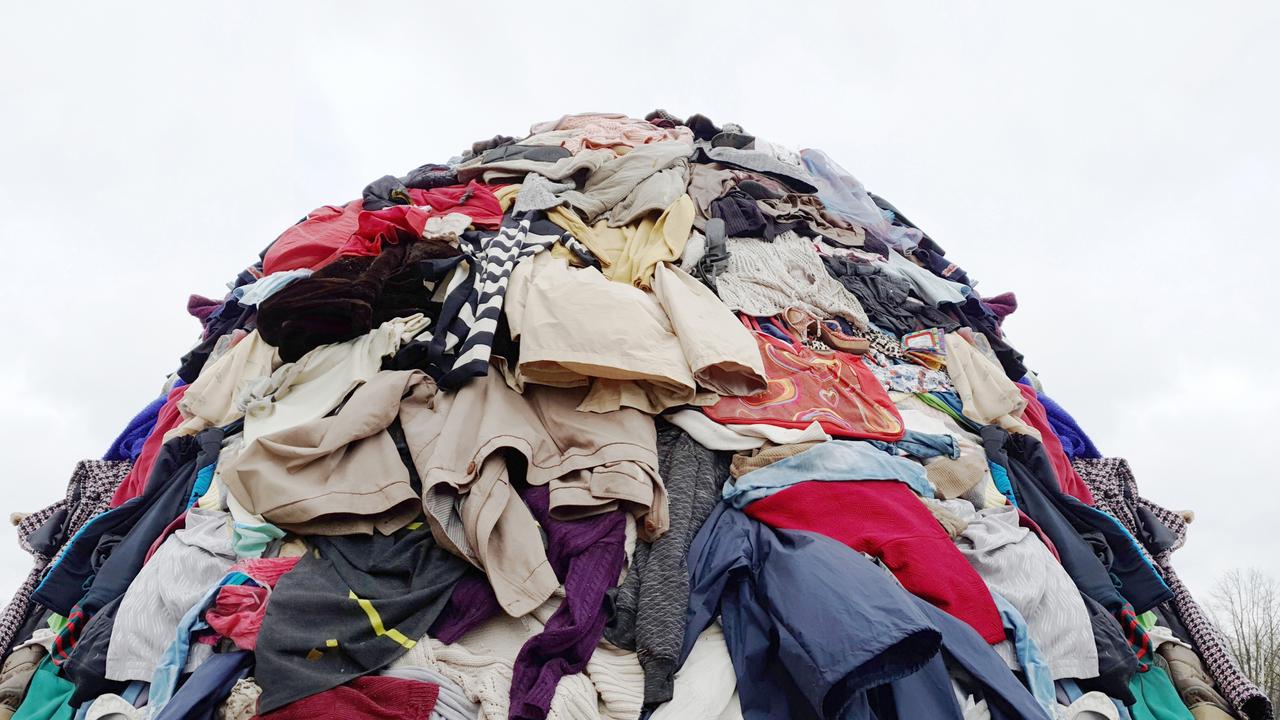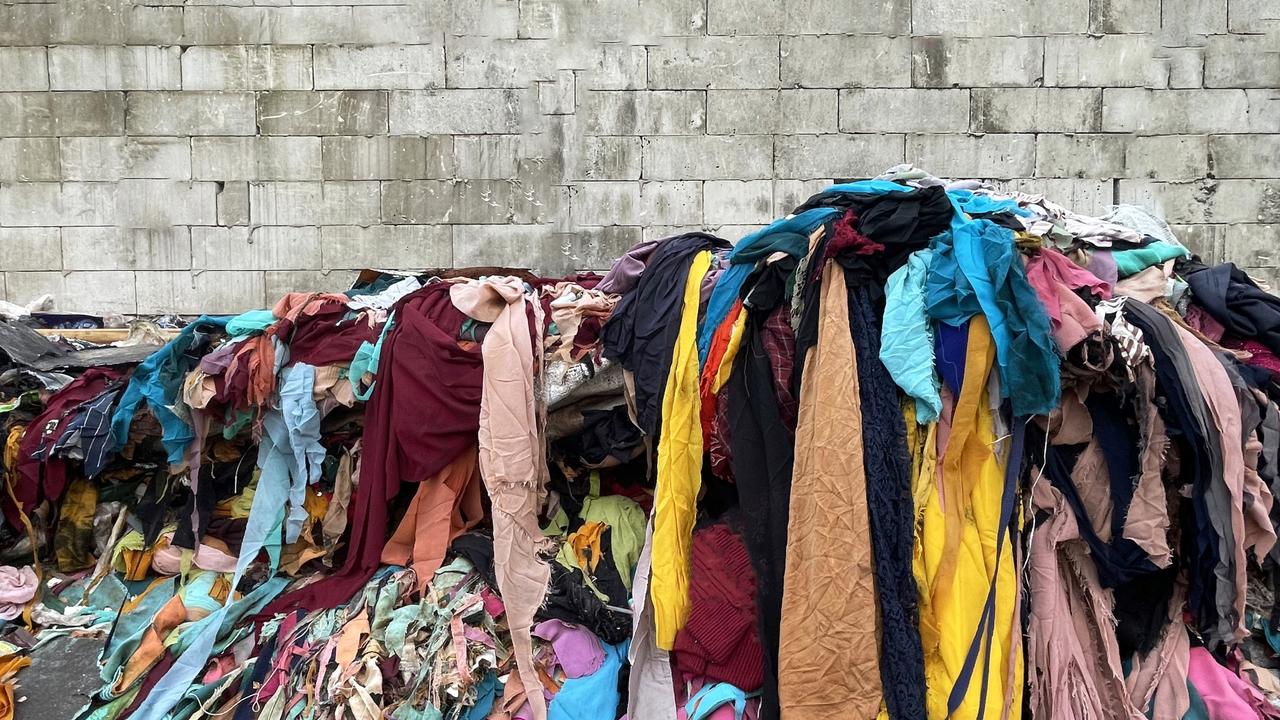Aussie charity shops export high-quality second-hand clothes to Europe, while retailers import them back
Experts are calling for a “fashion waste shake-up” after a study found Aussie charity shops exported high-quality second-hand clothes to Europe, while resellers imported them back.

Australian charity shops export high-quality second-hand clothes to Europe, while retailers are importing them back, a new study has revealed.
The global study analysed textile waste in Western cities, which has prompted experts to call for a “fashion waste shake-up” after researchers discovered donated clothes were either exported or thrown away.
The study examined what happened to unwanted clothes and textiles in cities across the world including Melbourne, Manchester, Amsterdam, Austin, Berlin, Geneva, Luxembourg, Oslo and Toronto.
Researchers found the same pattern of textile waste existed in most of the cities which resulted in clothes being exported, going to landfill or being dumped in the environment.
Currently, global textile waste amounts to about 92 million tonnes each year which experts say could double by 2030.

While charity shops handled a large amount of used clothes, many garments were poor quality and had little financial benefit, so they sold valuable items and discarded or exported the rest.
In Melbourne, charities exported high-quality, vintage, second-hand clothes to Europe, which forced the city’s independent resale businesses to import similar items back from Europe or the US.
RMIT School of Fashion researcher Yassie Samie was a co-author of the study and said Australians were used to charities doing the heavy lifting, but they had been unable to handle the volume of donated clothes for a long time.

Dr Samie said local governments and charities needed to co-ordinate more to manage textile waste.
“Charities are ill-equipped to deal with the volume of used textiles that need to be reused and recycled,” she said.
“Given the role of charities within communities, it’s essential they expand beyond direct resale in second-hand shops and explore other business models such as swapping and repair centres.”
She said charities had been part of the textile waste solution for more than 100 years, which had worked for several decades, but then the market was hit by fast fashion and over consumption.
“Because we have so much volume, op shops are not working, so as a result of that they engage in exporting and have to landfill,” she said.
“In a country like Australia managing waste is very expensive because charity organisations have to collect all these textiles then go through the process of sorting, which is a very expensive and time consuming process.
“This is where the local governments can step in and support them with collection, sorting and tackling the financial barriers by sharing their assets, knowledge, and workforce.”

The study found overconsumption and oversupply were the main drivers of textile waste, which resulted in 33 per cent of unwanted clothes exported in Australia and 97 per cent in Norway.
Australia and the US were the biggest discarders of unwanted clothes per capita but neither country had regulations to manage textile unlike Europe.
Authorities in Amsterdam collected and sorted unwanted clothes and encouraged collection of all textiles including non-reusable ones; from January members of the European Union must establish collection systems for used textiles.
Researchers found most local governments in the cities that were studied did not get involved in textile waste beyond providing public spaces and licences for charity bins and resellers.
In cities like Melbourne, local governments sent dumped textiles to landfill instead of diverting them to recycling or reuse facilities or other local alternatives.
Dr Samie said this indicated the lack of mechanism and incentives in place to drive real systemic change.

Seamless is an Australian clothing stewardship scheme funded by fashion brands that advocates for fashion and clothing brands to be responsible for their items throughout the entire lifespan.
The organisation found in 2023 Australians bought 53 items of clothing each, and more than 220,000 tonnes of clothing was sent to landfill.
It also found 592 million items of clothing were reused, sold, swapped or shared in Australia and therefore worn by another person.
Seamless chief executive officer Ainsley Simpson said clothing waste in Australia continued to be a critical challenge.
“While individual organisations are making inroads, system-wide change is critical to transform the way Australians choose, enjoy and recycle their clothing,” she said.
“If we see these positive changes with organisations working on their own, imagine what’s possible when we join together to achieve a common goal of a circular clothing economy in Australia by 2030.
“We all need to collaborate to establish an appropriate and sustainable national collection, sorting and recycling system.”



